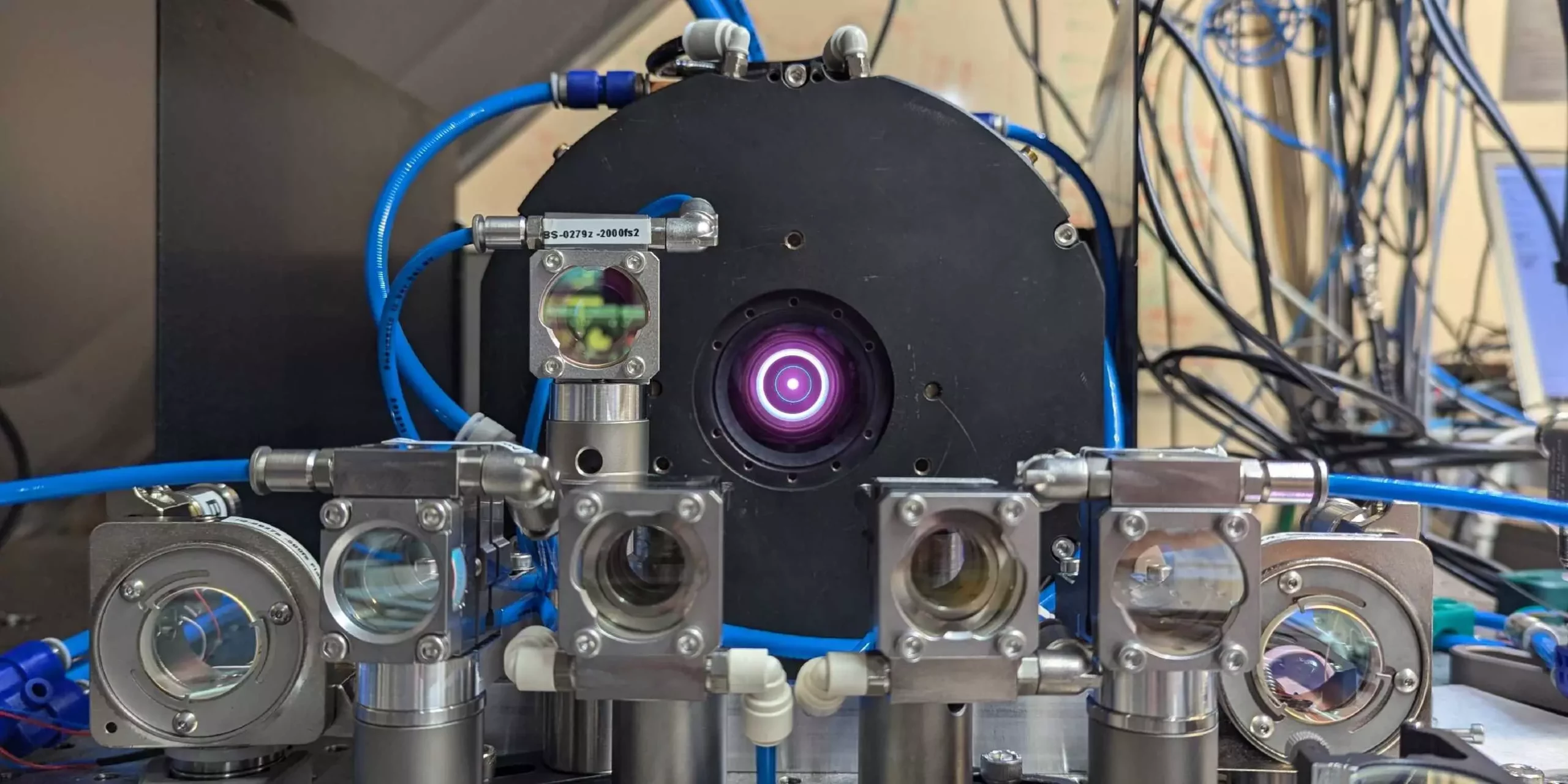Lasers, the hallmark of modern technology, are often perceived solely as devices emitting steady, high-intensity light beams. However, there is a burgeoning field focused on generating remarkably brief and intense pulses of light. These ultra-short laser pulses are gaining traction in various scientific and industrial endeavors, ranging from precision machining to explorations in quantum physics. The revolutionary research in this area has recently been enriched by a team from ETH Zurich, spearheaded by Professor Ursula Keller, who have achieved a remarkable feat in laser pulse generation.
A New Era of Short Laser Pulses
The work accomplished by Keller’s team is a milestone in the advancement of laser technology. They have successfully developed a laser system that produces pulses with astonishing average power of 550 watts, surpassing prior capabilities by more than 50 percent. This not only establishes these pulses as the most potent generated by a laser oscillator but also showcases a duration clocking in at less than a picosecond—a millionth of a millionth of a second. Consequently, this system is capable of delivering an incredible five million pulses per second, achieving peak powers that are equivalent to what could theoretically power 100,000 vacuum cleaners momentarily!
Such capabilities herald a new chapter not just in laser science but across multiple scientific disciplines. Understanding phenomena occurring on the attosecond scale—which is critical for observing rapid atomic interactions—becomes feasible due to these technological advancements.
The success of this endeavor hinges on two significant innovations implemented by Keller’s team. The first is the introduction of an intricate mirror configuration that reflects light through the crystal disk more than once before the light exits through an outcoupling mirror. This clever architectural strategy enhances the light amplification process while maintaining stability in the laser system. Moritz Seidel, a doctoral candidate working under Keller, emphasizes that this configuration has been pivotal in realizing the higher average powers without destabilization issues.
Additionally, the cornerstone of the pulse generation is the Semiconductor Saturable Absorber Mirror (SESAM)—a novel mirror technology conceptualized by Keller three decades ago. Unlike traditional mirrors, SESAM’s reflectivity fluctuates in accordance with the light intensity it receives. This functionality is crucial; when the light intensity exceeds a particular threshold, SESAM efficiently redirects the light back into the amplifying disk, inducing a pulsed rather than continuous output. This transition not only concentrates energy in shorter time spans, resulting in more intense bursts of light but also streamlines the system by avoiding the necessity of external amplifiers, which tend to introduce noise detrimental to precision measurements.
Achieving such levels of innovation wasn’t devoid of challenges. Keller’s team encountered myriad technical hurdles, particularly during the integration of a thin sapphire window onto the SESAM layer which significantly optimized mirror properties. Seidel recounted the exhilaration experienced upon witnessing the successful pulsing of the laser, a moment marking the culmination of relentless experimentation and ingenuity.
Professor Keller expressed optimism about future applications, asserting the potential for these new laser pulses to easily transition into even shorter cycles vital for attosecond science. The implications of creating attosecond pulses are profound—they could facilitate unprecedented precision in timekeeping and pave the way for advanced tools for measuring fundamental constants of nature.
The ramifications of this research extend far beyond fundamental physics. The intense laser pulses could lead to innovations in frequency combs, capable of operating within ultraviolet to X-ray wavelengths, establishing a foundation for precision timekeeping and potential revelations about the very nature of physical constants. Moreover, the ability to harness terahertz radiation generated by these lasers opens avenues for non-invasive material testing and medical imaging, expanding the horizons of current scientific and industrial practices.
In summation, the breakthroughs achieved by Keller and her team underscore the remarkable potential of laser oscillators as viable alternatives to traditional amplifier-based laser systems. Their advancements promise reliable, high-intensity laser applications that could be transformative across various fields, whether in research, industrial applications, or cutting-edge technology. As the scientific community continues to explore the consequences of ultra-short laser pulses, we stand on the brink of potential discoveries that could redefine our understanding of both the microscopic world and the principles governing it.


Leave a Reply